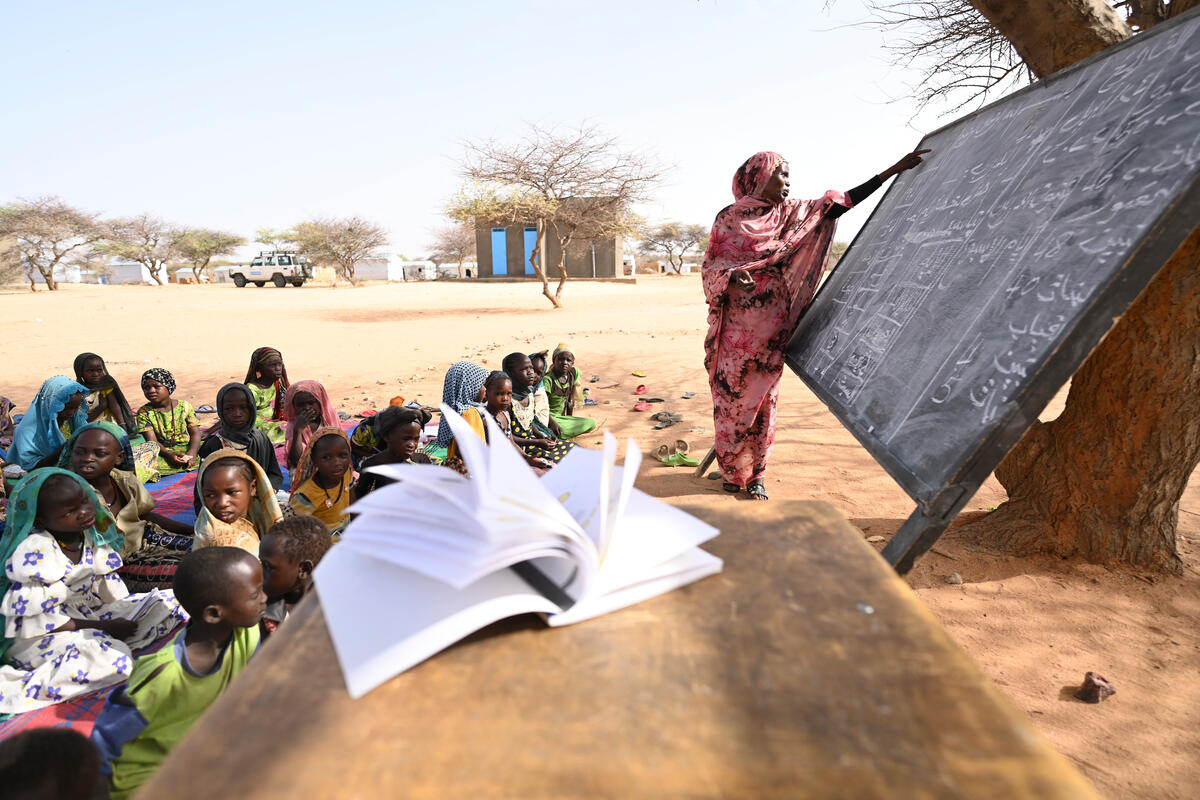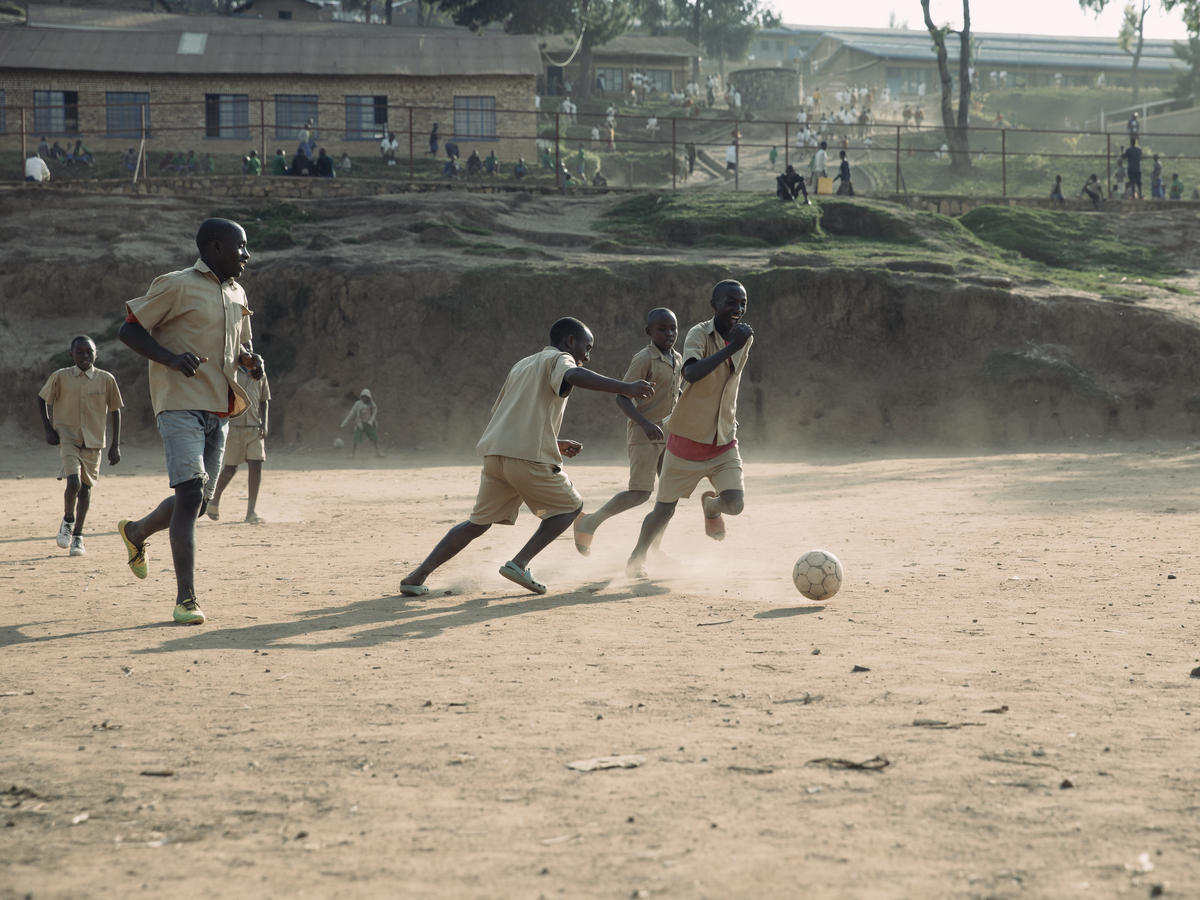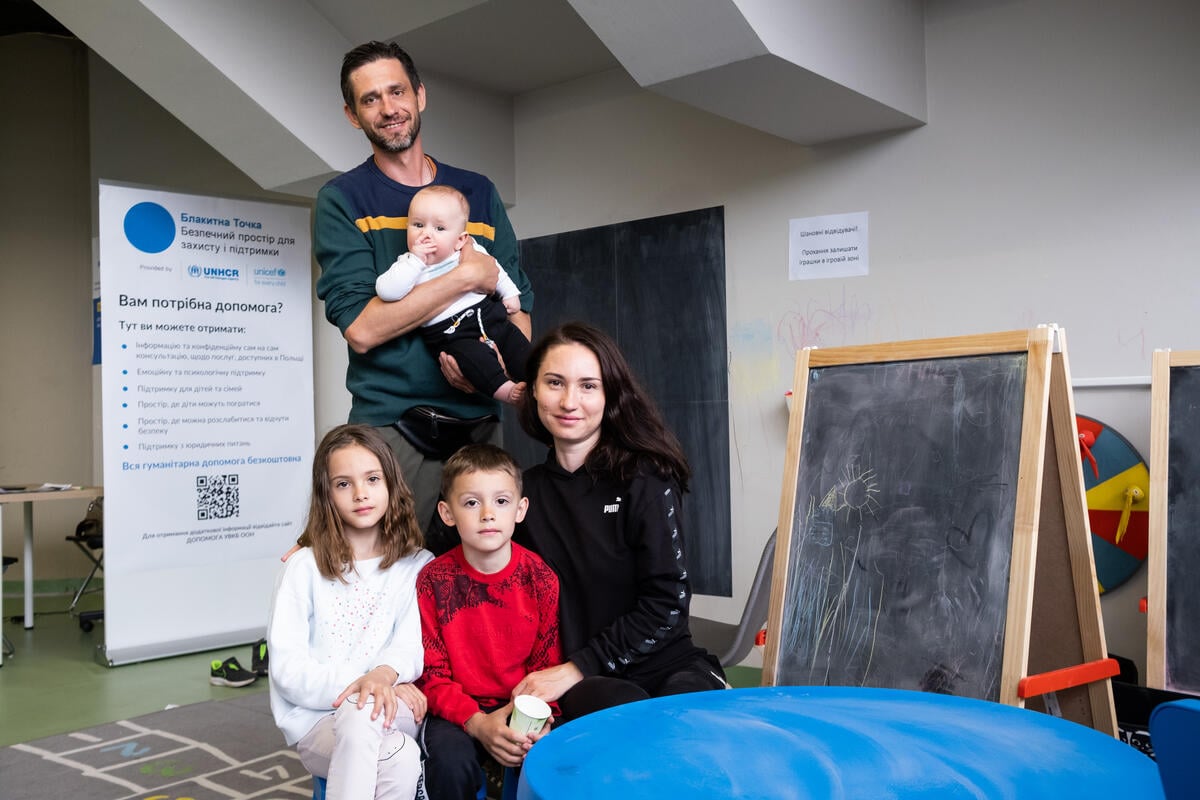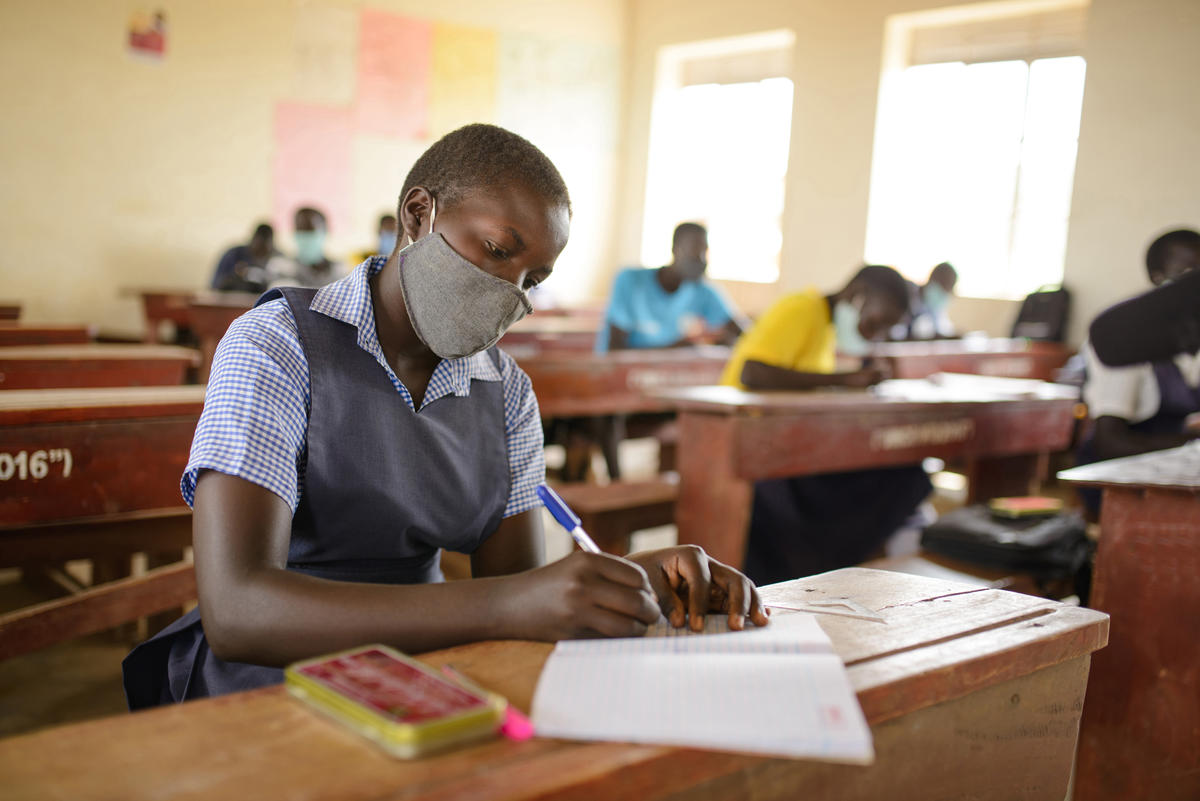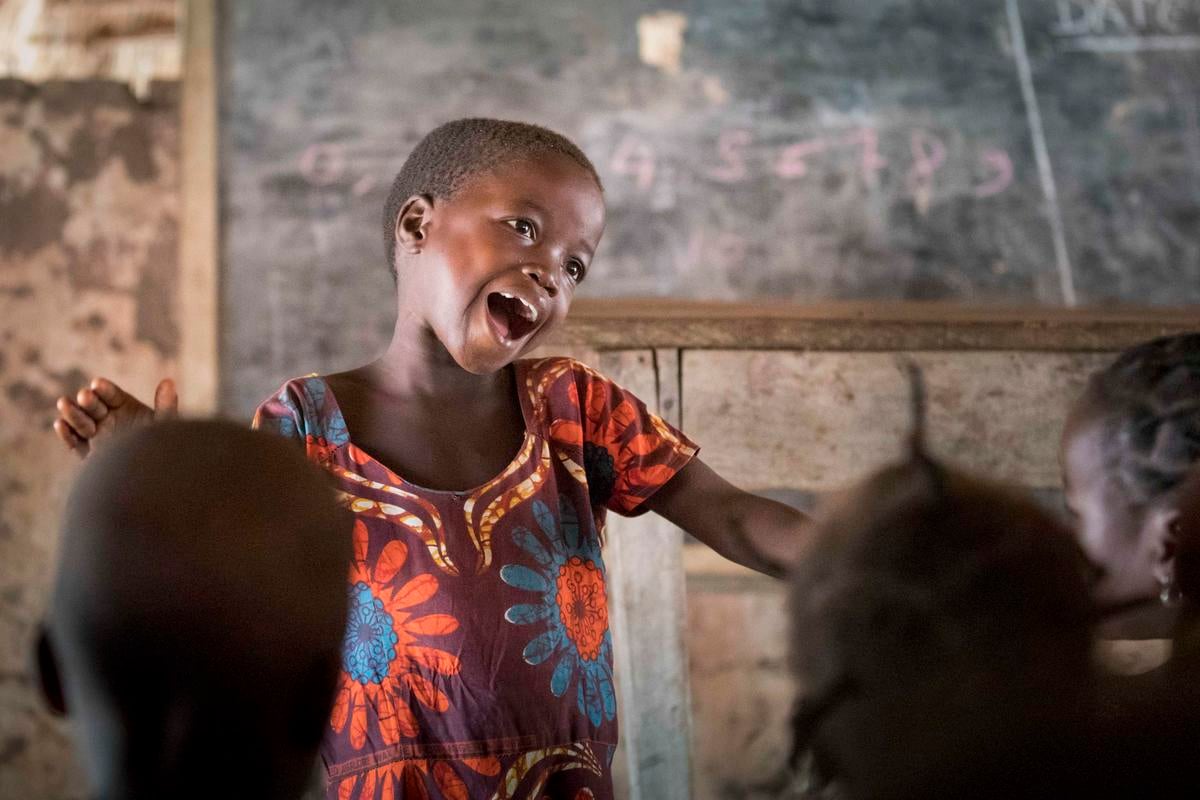Children bear brunt of Somali refugee crisis
Children bear brunt of Somali refugee crisis
Somali children are the biggest victims of the refugee crisis in the Horn of Africa, according to the latest profiling data collected by UNHCR in Ethiopia. The most recent demographic breakdown of the Somali influx into Ethiopia shows that children under the age of 18 are the largest age group among refugees. Overall, they account for some 80 per cent of the 121,000 refugees sheltered in four camps in south-eastern Ethiopia's Dollo Ado region.
The situation is most extreme in the Kobe camp, where children comprise 88.6 per cent of the camp's over-25,000 population. Most families are female-headed households with large numbers of children, including young relatives or orphans.
We remain concerned about the high mortality rates due to severe acute malnutrition and diseases. Also worrying is the number of separated or unaccompanied children. Initial estimates indicate this number could be as high as 2,500 children in the four camps. We are carrying out a screening this week in refugee camps in Dollo Ado to better understand the scope of the problem and determine what may be in the best interest of these children.
Many refugee women tell our teams in Ethiopia that it is not safe for Somali men to travel. They fear forced recruitment by armed groups and local militias. In many cases men stay behind in Somalia to protect whatever property the family may have, to care for those too sick to travel and to tend to any remaining livestock. Some families simply have no means for everyone to travel together, so women and children are sent first. However, over the past few weeks our staff have observed that there are more single men arriving from Somalia to join their families.
Meanwhile in Somalia, UNHCR is supplementing food aid delivered by other agencies in famine-stricken areas in the south. We are preparing to distribute 7,500 Emergency Assistance Packages (EAPs consisting of plastic sheets, sleeping mats, blankets, jerrycans and kitchen utensils) for nearly 50,000 people in the Bay region, where famine has just been declared. A further 70,000 people are to be assisted in Lower Shabelle, also in famine. Over 50,000 people will be reached through distributions in Mogadishu and 30,000 will be reached in the Gedo and Lower Juba border areas. All in all, by the end of August, UNHCR had reached almost 220,000 people and aims to reach an additional 180,000 by the end of September.
According to UNHCR Somalia Representative Bruno Geddo, it is imperative to scale up delivery of massive amounts of aid as quickly as possible to needy people inside Somalia if we are to maintain the recent downward trend in outflows towards Ethiopia and Kenya. He recently returned from Dollow on the Somalia-Ethiopian border and Mogadishu, and said that internally displaced Somalis he spoke with continued to express the desire to remain in their country rather than cross an international border in search of assistance.
Learn more about the crisis in the Horn of Africa and how to contribute by visiting the UNHCR Horn of Africa emergency donation site. For the latest updates follow us on FacebookLink is external or Twitter.Link is external
For further information on this topic, please contact:
- In Kenya, Nairobi UNHCR regional office: Andrej Mahecic on mobile +254 734 330 023
- In Kenya, UNHCR Somalia Office: Andy Needham on mobile +254 733 120 931
- In Ethiopia, Kisut Gebre Egziabher on mobile +251 911 208 901
- In Geneva, Fatoumata Lejeune-Kaba on mobile +41 79 249 34 83


